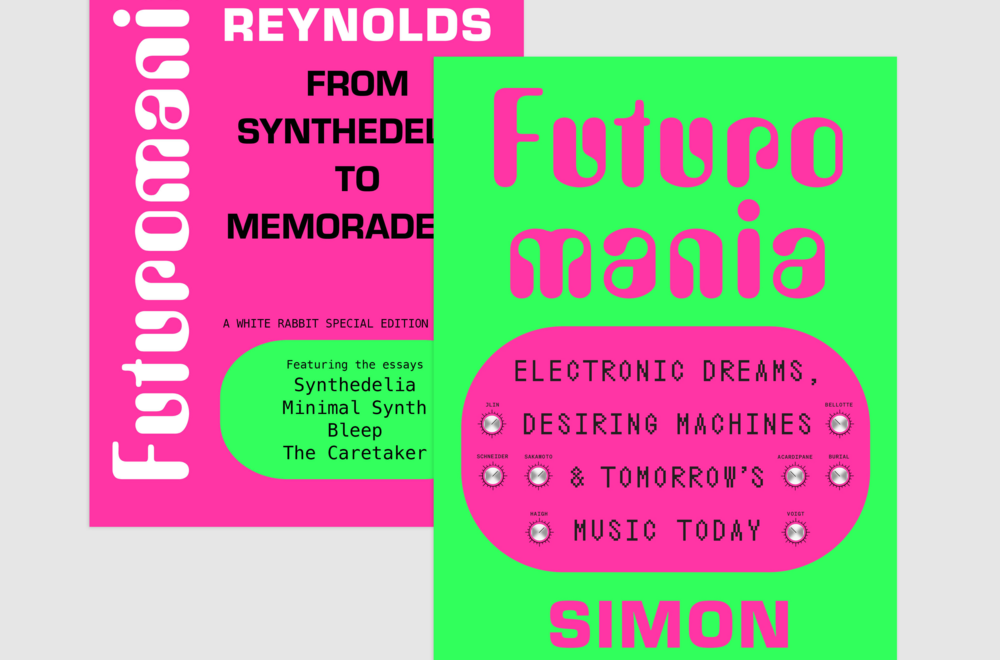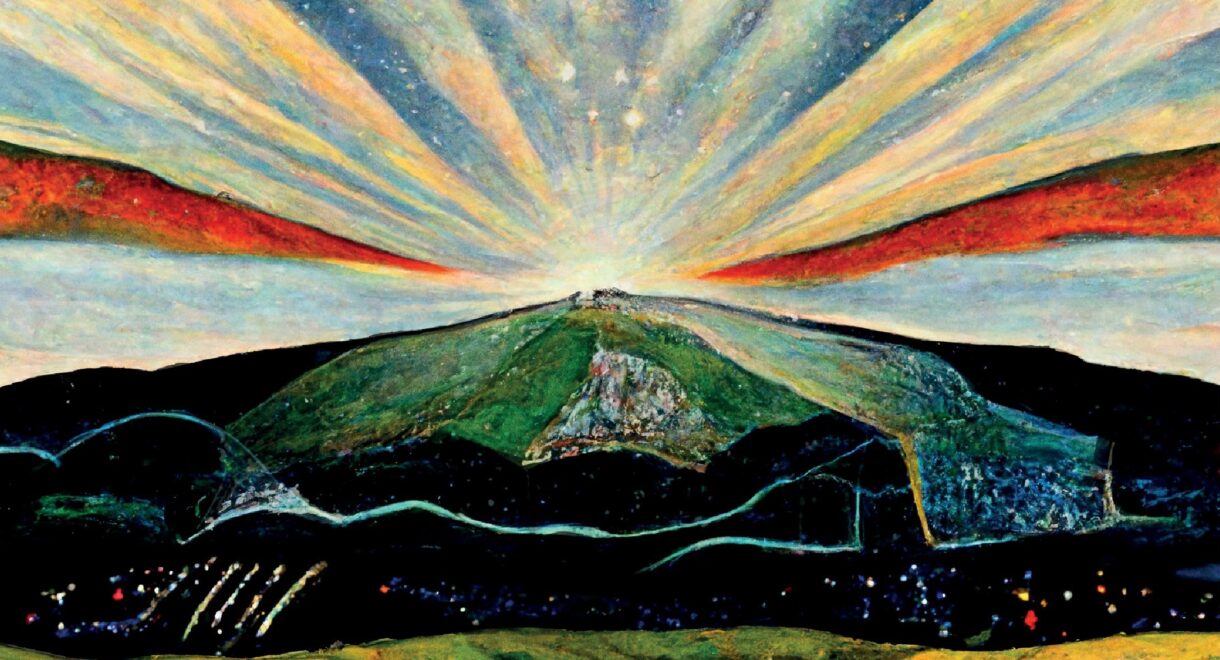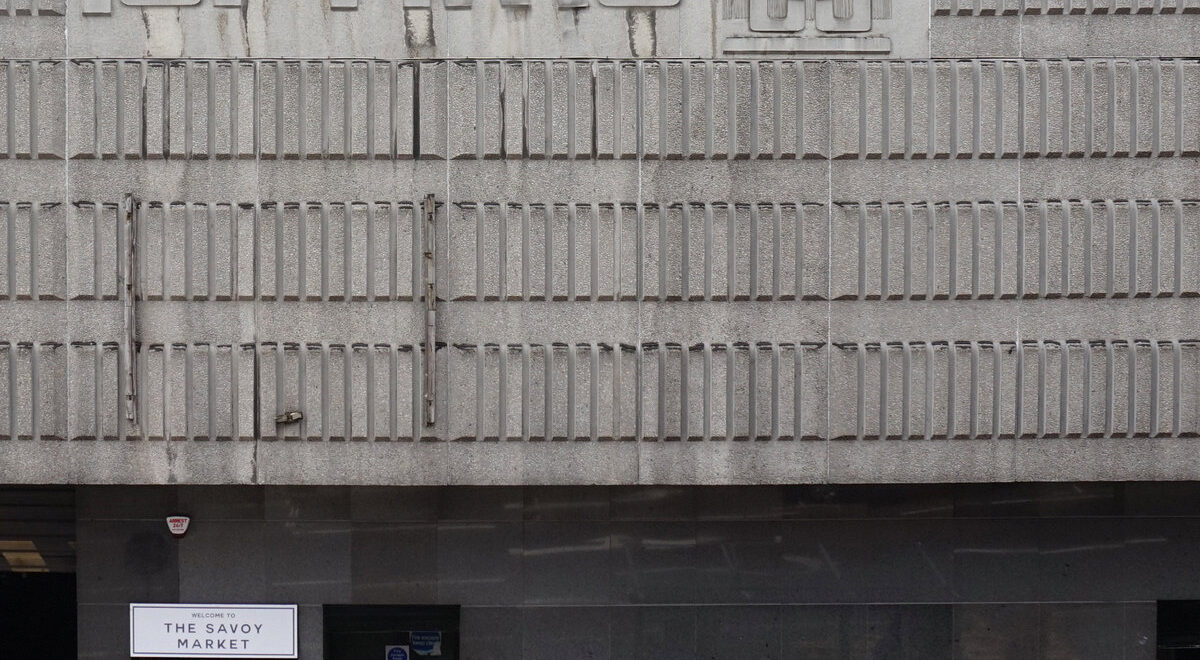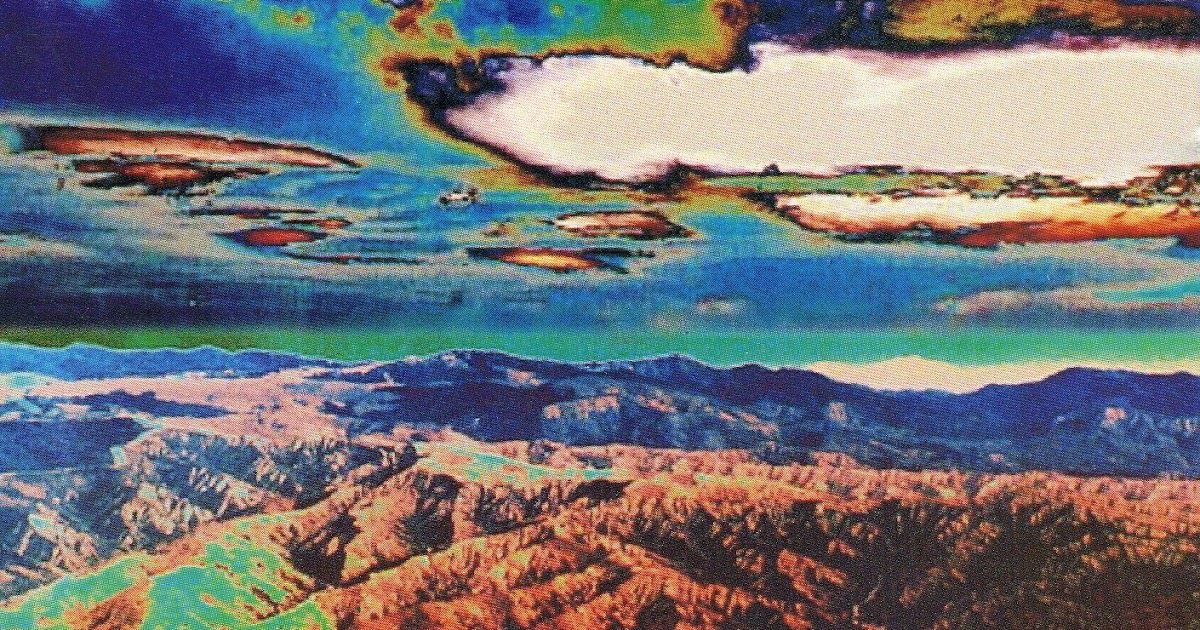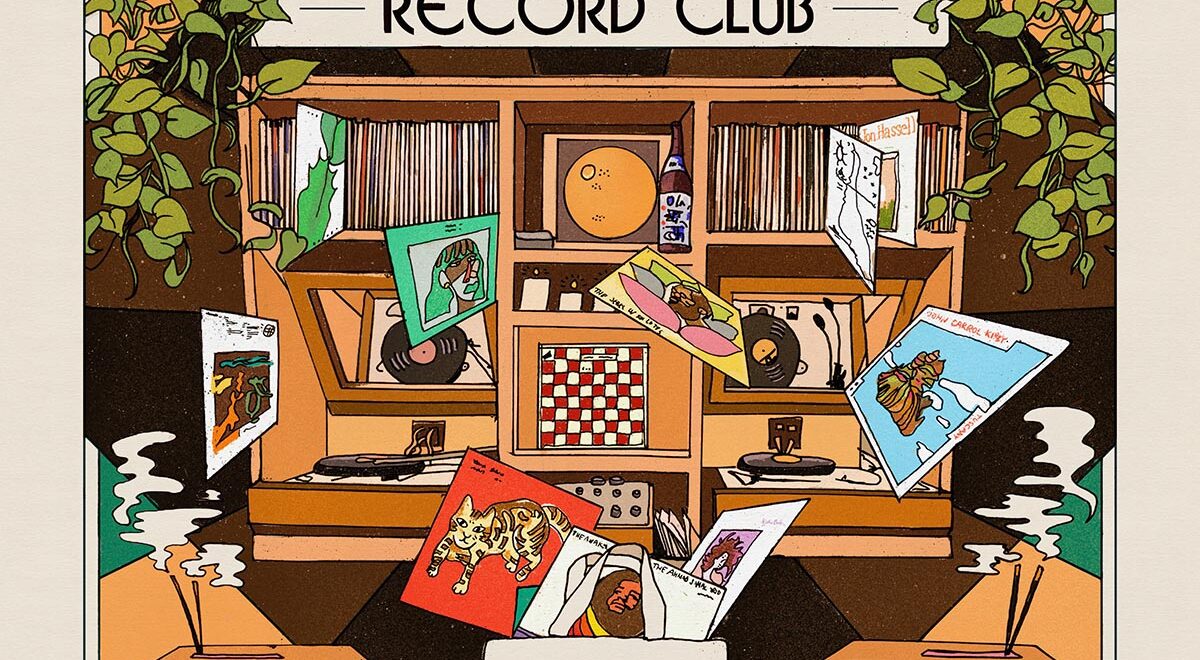The summer is halfway over and you’ve been scrolling for like, what, six weeks straight now? Step away from your phone (after reading this, of course). An analog […]
How John Oswald layered 100+ live versions of the Grateful Dead’s ‘Dark Star’ to create ‘Grayfolded’

John Oswald’s deconstructionist ‘Plunderphonics’ collage approach meets the Grateful Dead.
In the early 1990s, the Canadian sound artist John Oswald was granted full access to the Grateful Dead’s archives. But unlike most heads looking for specific obscurities, he was collecting countless tapes of the band playing a single song, ‘Dark Star,’ the eerie Robert Hunter-penned ballad issued as a single in 1968.
Ignored by commercial marketplace — “Dark Star” bombed when it was released — across the band’s existence the song nonetheless became a set marker: When the Dead played it, the date earned a special mark in the ledger.
Oswald’s mission was deeper than pure appreciation: Invited by Phil Lesh to explore the band’s catalog, Oswald sought to apply to the project his deconstructionist “Plunderphonics” approach to slicing and dicing sound. Like kindred spirit Christian Marclay (“The Clock”), Oswald focused on recontextualizing audio and video to create new work.
Developed decades before sampling technology allowed mash-up culture to thrive, Plunderphonics was Oswald’s term for reworking pieces of existing recordings — the final piano chord of the Beatles’ “Day in the Life,” for example — to create a fresh piece. When he started in the 1970s, that involved literal cutting and pasting — splicing together pieces of audio tape with razors and adhesive tape — and playing back the results on a reel-to-reel.
“The material I was using I tended to compress and condense,” Oswald told me in 2014 for a profile in the LA Times, written as Grayfolded was coming to vinyl for the first time. “But I’d been experimenting a lot with large scale-things, like taking symphonies and slowing them way down to last eight hours. A lot of stuff didn’t come out because there just wasn’t the ideal medium for it to come out as a product that you could send around. But were interesting as installations.”
Notably, long before “Slow Ass Jolene,” Oswald had created his own version, one that also reworked Parton’s voice lower to become a male tenor.
“I guess I tend to be an extremist, so I would make very long things and I would make very short things. Grayfolded was one of those longer things,” he told me.
By the 1990s, samplers had eliminated the need for razors and tape, allowing Oswald to focus more fully on the ideas without being mired down in the editing room.
Oswald met Lesh through mutual friends in New York in the early ’90s, according to the fascinating Grayfolded liner notes.
Lesh was immediately intrigued by Plunderphonics. “The more I thought about what John was doing, and the more I started to hear his other stuff, I started to think, ‘Geez, this is the sort of stuff we did once before, only it’s vastly more sophisticated.’ I wondered what he’d do with us,” Lesh said.
The result was a single-disc version, Transitive Axis, issued on CD in ’94, followed by a second CD, Mirror Ashes in ’95. The two discs converged into a single package called Grayfolded in ’96.
The release earned critical kudos upon release, selling both to Deadheads looking for the ultimate “Dark Star” and aesthetes who dug the concept.
Oswald set to creating a vinyl version of the piece in the early 2010s. He immediately knew he couldn’t cram the extended works onto a 2 LP set with sacrificing fidelity.
“I didn’t want something that sounded like we’d managed to cram the CD onto here and you’ve got your nice packaging, but it was originally designed for CD. I wanted something that worked as these approximately 20-minute chunks. It becomes a six-part thing rather than a two-part thing.”
“For the five transitions on the Grayfolded LP set,” he said, “there’s a different treatment for each ending of a side. That was the major thing in remastering and transferring it for record, was really designing the sides.”
He added, “It’s a really different experience.”
Unfortunately, the Important Records release quickly sold out, so it’s only available on the aftermarket. Discogs has a few for sale for about $100. You can get the two-disc set for $10.
“Somewhat to my surprise, I prefer this six-part thing to the two-part thing,” Oswald concluded. “And that goes back, I guess, to my early listening experiences, which was almost entirely on LP. I didn’t buy many 45s in the 60s, listening to things in 15-20-minute chunks, and listening to albums that had some kind of overall design. Applying that same time scale to reediting the Grayfolded material, it both made sense and it was a challenge. And for me what came out is better than the original.”
In Sheep’s Clothing is powered by its patrons. Become a supporter today and get access to exclusive playlists, events, merch, and vinyl via our Patreon page. Thank you for your continued support.




